Discover new visual ways to think about co-creation

At a time when the cultural sector is increasingly invested in “co-creation” – what does the process look like in practice?
Supported by the Centre for Cultural Value’s Collaborate fund, Leeds-based arts organisation Compass Live Art has been working with researchers Matthew Reason (York St John University) and Lauren Hall (Liverpool John Moores University, previously York St John University) to dig deeper into questions of co-creation. Their project has looked to uncover the experiences of artists and project participants taking part in collaborative processes of “making with”.
Compass’ work involves commissioning socially engaged, interactive live art in the public realm. Artists develop projects with local participants whose lived experiences make them true experts in the issues being explored.
Yet, on embarking on this research, Compass was also aware that the word “co-creation” comes with baggage. Often used as a catch-all term, talking about “co-creation” can be seen as obscuring the real power dynamics and hierarchies involved in participatory approaches.
The research team was, therefore, keen to explore these apparent tensions and gain a more nuanced understanding of the value of co-creative approaches.
Adopting a creative research approach
Creative research methodologies played a central role in exploring the experiences and impact of different forms of co-creation to ensure the lived experiences of artists and participants were integral to the project.
The research process consisted of two strands:
- Holding four dialogical workshops with Compass-commissioned artists past, present and future.
- Conducting a series of walking interviews exploring participants’ experiences.
Conversations of co-creation
The team facilitated conversations with artists and producers who have previously created and produced work for Compass (or will do in the near future). Using Sherry Arnstein’s Ladder of Citizen Participation from 1969 as a starting point, workshop attendees quickly highlighted how traditional, hierarchical and rigid frameworks for co-creation didn’t reflect the realities of practice.
As participant Amy Lawrence commented:
“It’s multifaceted. And there isn’t one form of co-creation. I feel like many things can potentially be true at the same time.”
Based on this in-depth work, Compass has now published three illustrated representations that show how co-creation – at its best – is underpinned by structure but is also fluid and responsive rather than linear:
- Co-creation as Mobius ladder: Everything everywhere all at once
- Co-creation as bouldering: Problem-solving
- Co-creation as mycelium: Relational practice
These representations encourage different ways to think about co-creation and draw out some of the key questions, issues and ethics of working in this way, as well as suggesting some practical approaches.
Re-visiting memories through walking interviews
To uncover more about participants’ experiences, the project team also invited previous project participants to join them in walking interviews, re-visiting key locations to reignite memories and talk more about the immediate and later impacts of participating in a Compass project.
Following this, the team created a series of visual maps, containing mini soundscapes from the interviews (for an example, take a look at this visual map created from walking interviews with participants from Compass’ Public House project). Through analysing the data, it became clear that memory, connection and friendship are integral to being a Compass Festival participant.
The walking interviews demonstrated that involving people in “making with” artwork helped build stronger connections between people and develop a deeper understanding of places and communities.
Rigorous and responsive
So what “should” co-creation look like? The research found that the most frequent response was that “it depends”, underlining how it needs to be flexible and consider “circumstances, funding, objectives, people, place and a whole lot more.”
Even more importantly, however, the research suggests that anybody using the term co-creation should rigorously and transparently reflect on what it means to them and how that is evidenced in the way they work. Perhaps it is best to think of co-creation as not meaning anything at all until we say and show what it means in each individual example of practice.
You can further explore the research findings, including the visual representations of co-creation, on the Compass Live Art website.
Interested in incorporating walking interviews in your own project evaluations or research? Take a look at this How To guide, which includes video case studies from Compass Live Arts and project researcher Lauren Hall.
Illustration by Alyce Wood.
Related news
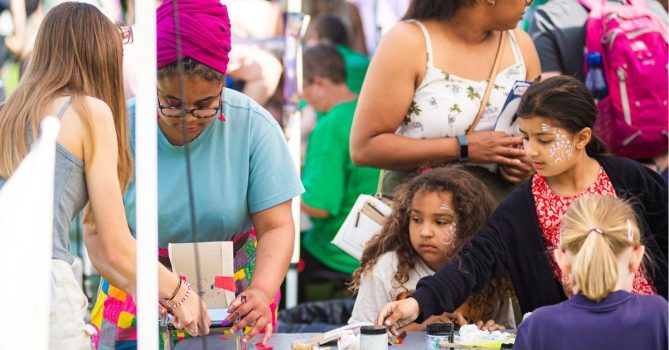
Rethinking Audience Spectrum through a cultural vitality lens
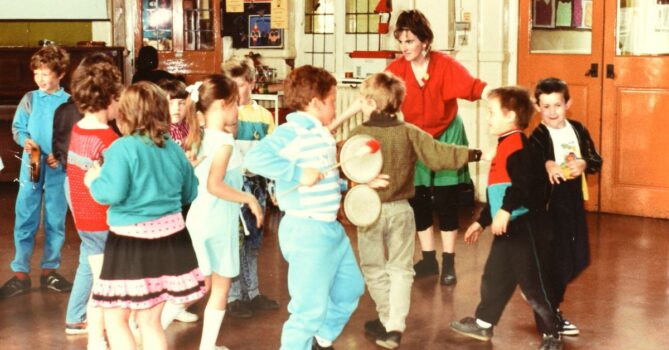
Junction Arts: Fifty years of creative placemaking
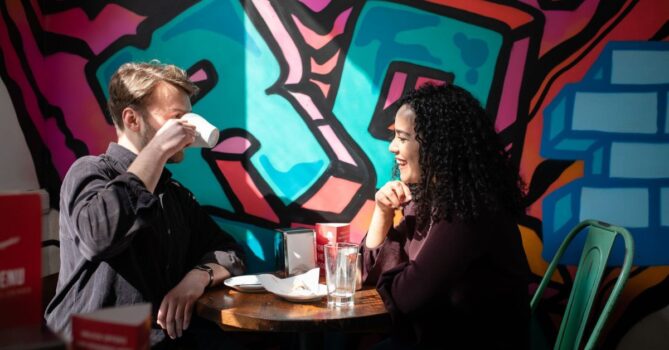
Working internationally with The Arts Impact Partnership
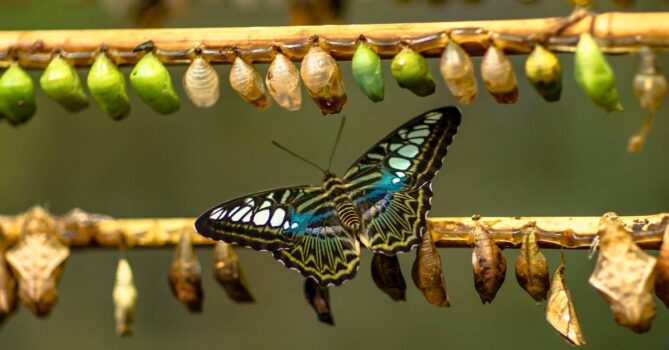
Taking the courage to pause
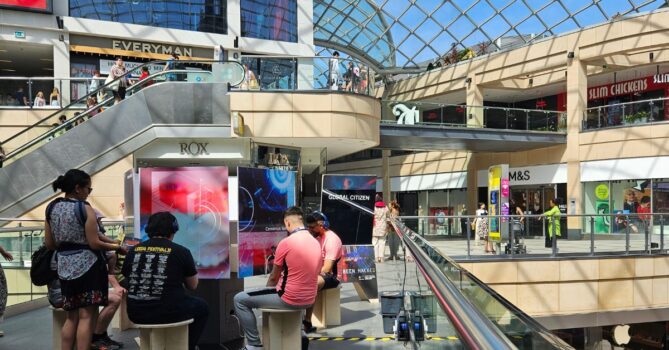
Lessons of touring immersive work beyond arts venues




